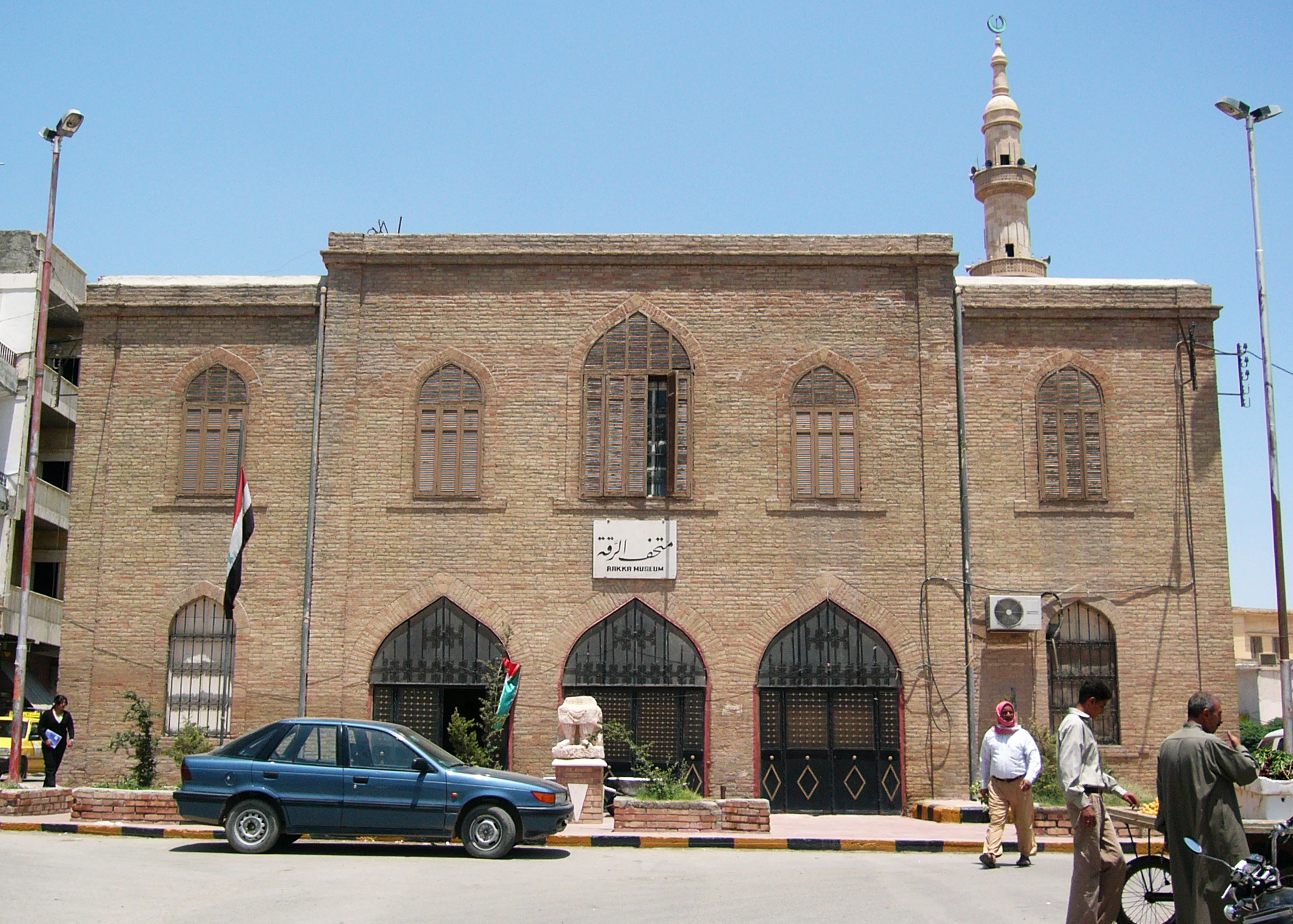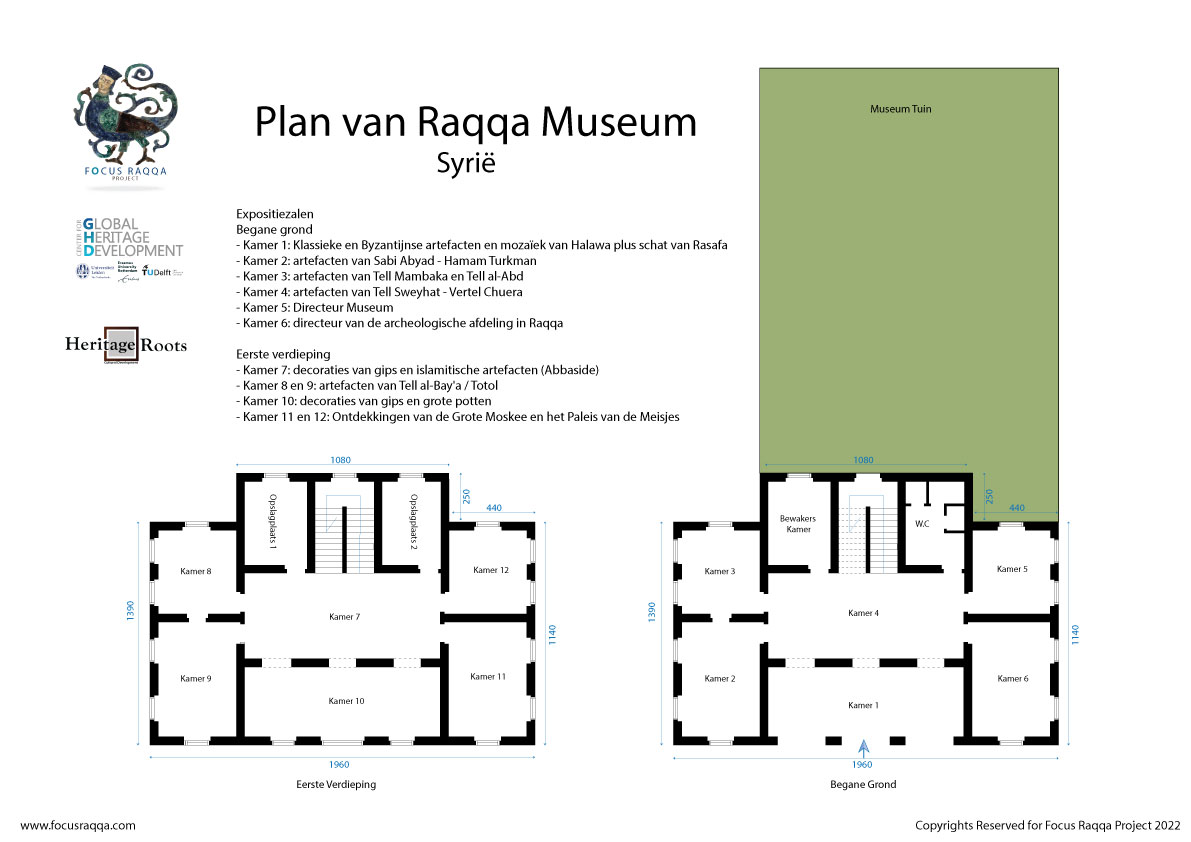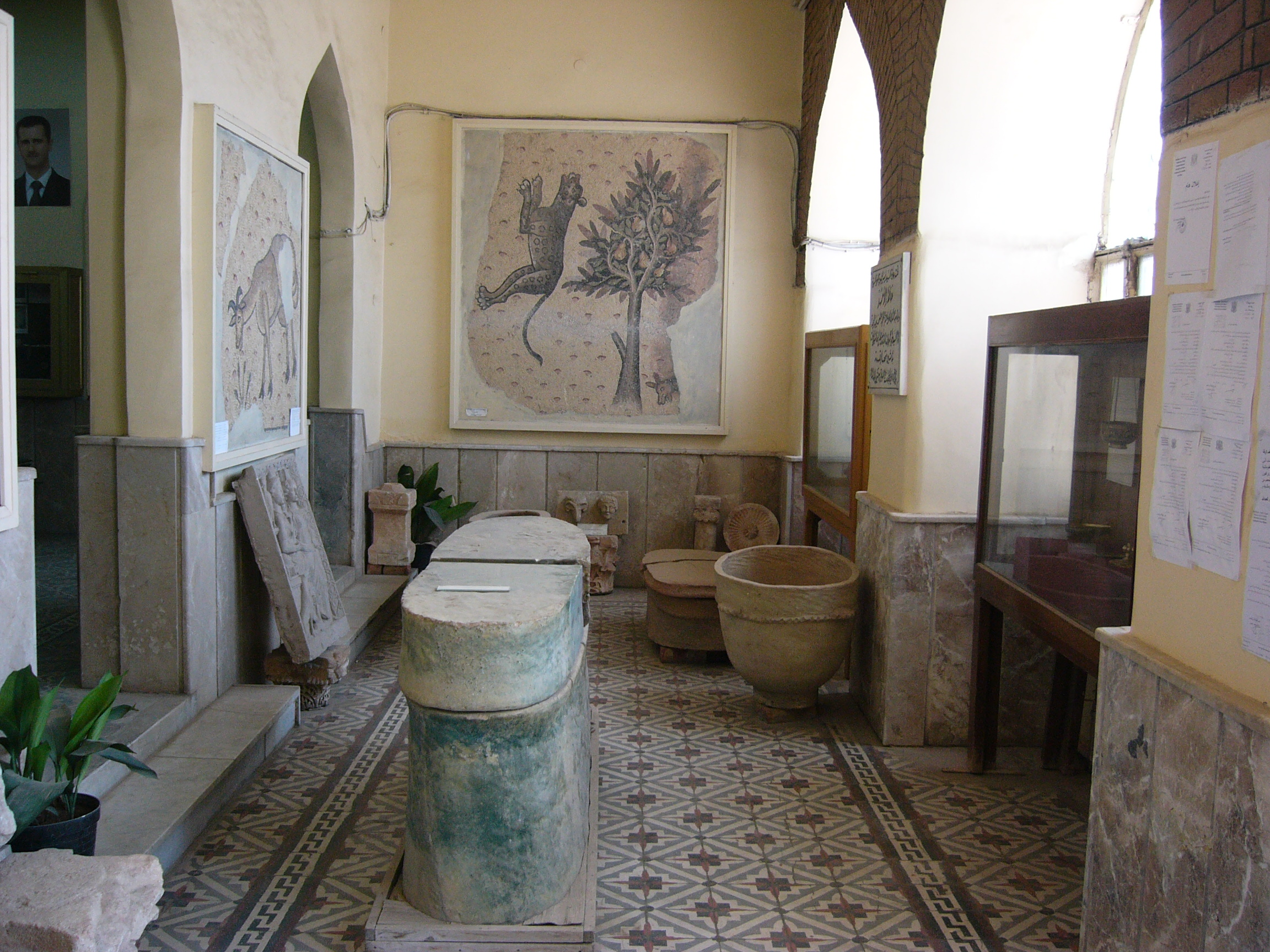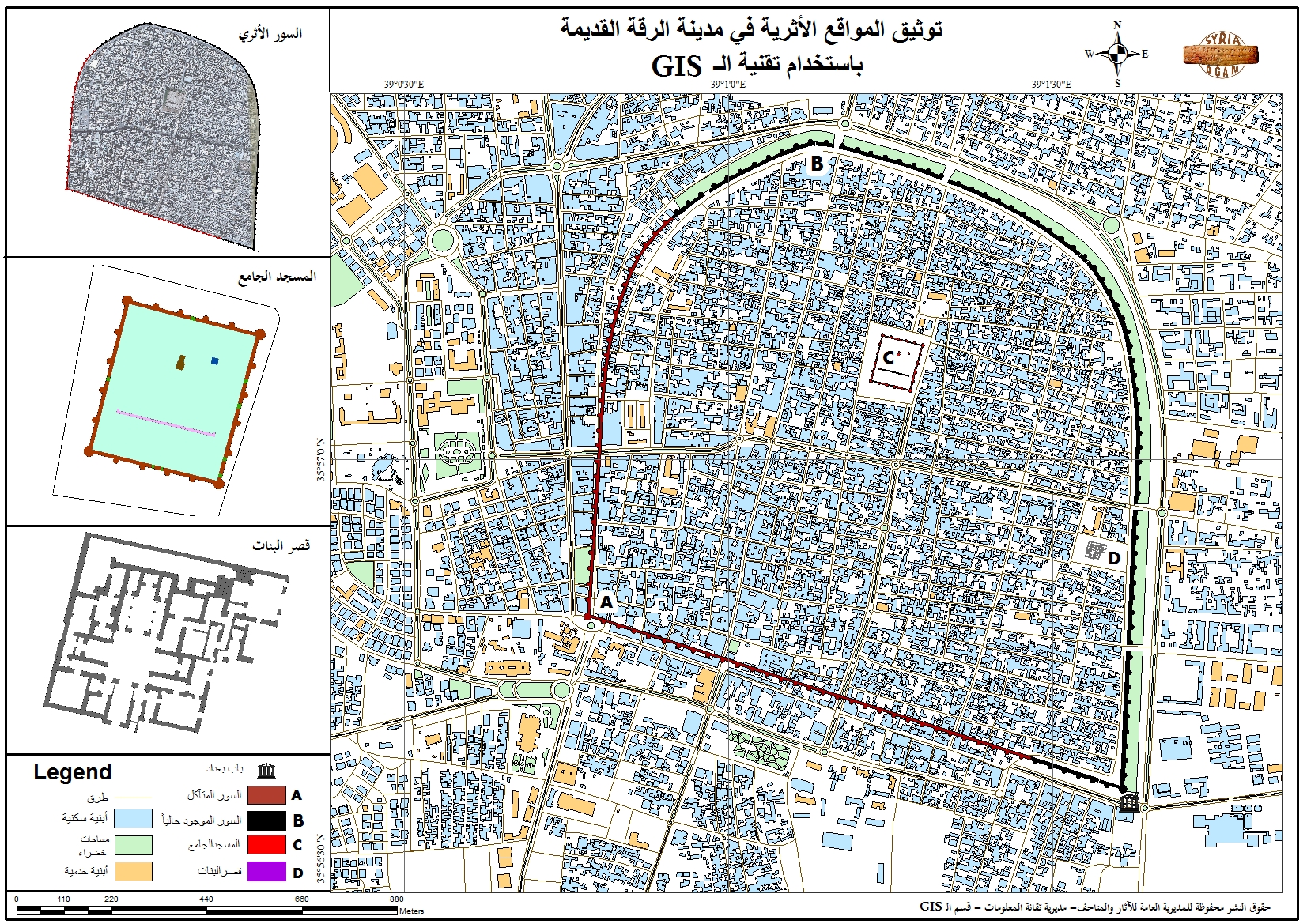
FOCUS RAQQA
Project

Project

Museum & Warehouses
Dedicated to the cultural heritage of Raqqa Province, the Raqqa Museum was founded in 1981 in a late nineteenth-century government building. The ground floor held three sections: Ancient Cultures, Classical Period and Modern Syrian Art. The upper floor was dedicated to Mediaeval Arab heritage. The museum showed important finds from excavations in Raqqa itself and in the surrounding countryside. The building served as a public space for expositions and community events, as the regional office of the DGAM, and as a well-guarded repository for archaeological finds. In the 1990's, accumulating finds from increasing numbers of Syrian and foreign excavations necessitated improved storage facilities. A large store house was constructed at the historical site of Heraqla some 8 km west of Raqqa. This became the major archaeological repository for the bulk of the excavated objects and the study collections.

To put the Museum in perspective, until the mid-20th century there hardly was an 'archaeology of Upper Mesopotamia' worthy of the name, notwithstanding a few eye-catching excavations in northern Syria at places such as Tell Hariri (ancient Mari), Dura Europos, Tell Chagar Bazar, Tell Brak and Tell Halaf. This changed spectacularly in the early 1960's, when the Dutch archaeologist Maurits van Loon answered the call from the Syrian DGAM to safeguard archaeological knowledge in Lake Assad on the central Syrian Euphrates. Van Loon's regional survey in the area flooded by the dam kick-started the research field of Upper Mesopotamian archaeology which in Syria flourished until 2011.

As the region became an international hot spot for archaeological study, the Raqqa Museum became a vibrant hub of activity: coordinating the various research projects, managing the stream of excavated artefacts, and translating the academic results to a broader, non-scholarly audience. The museum kept collections of extraordinary historical and artistic value, the crème-de-la-crème of decades of archaeological exploration. Mousterian flint axes document the achievements of Homo Neanderthalensis (ca. 40.000 BC); coarse vessels represent the first pottery in the ancient Middle East (ca. 7000 BC); painted drinking vessels show the accomplishments of the Halaf people (ca. 6000-5300 BC); clay tablets carrying cuneiform script from the Bronze Age (3000-1100 BC) or the time of the Assyrians (ca. 700-600 BC) speak to us directly. In addition the museum proudly displayed unique examples of blue-glazed pottery made by Medieval craftsmen from Raqqa, the famous Raqqa Ware. The artefacts represented the long history of human development in northern Syria and attested to the rich archaeological heritage of the region.
